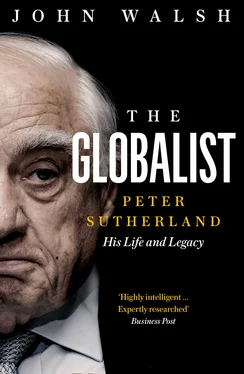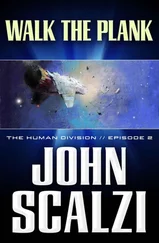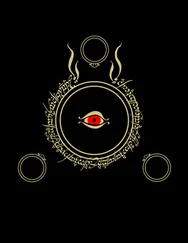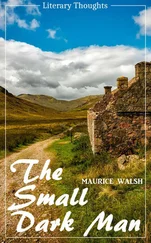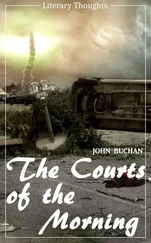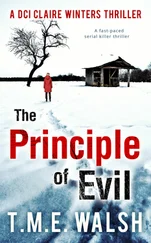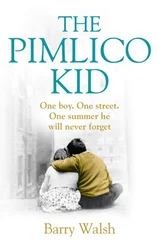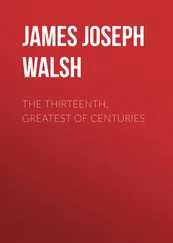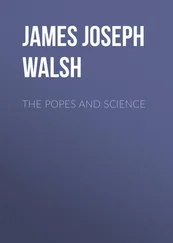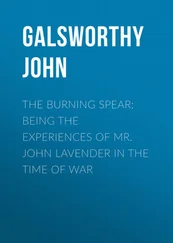One of the first cases that gave Sutherland a national profile was the so-called Arms Trial. The backdrop to the case was the flare-up in troubles in August 1969. Since the establishment of Northern Ireland, Catholics in the province had been treated as second-class citizens, while state-orchestrated gerrymandering – until 1968 the system of property ownership had conferred greater voting rights on the Protestant population – had ensured that Catholic communities were politically under-represented. The nascent civil rights movement across Northern Ireland in the late 1960s demanded equal voting rights, among other basic conditions. The ‘Battle of the Bogside’ in Derry in August 1969, when residents of one of the most deprived areas in western Europe engaged the security forces in a week-long stand-off, is regarded as one of the seminal moments in the onset of the Troubles.
The ensuing violence was the worst that had erupted even by the turbulent standards of Northern Ireland. Simmering tensions mutated into a widespread and open conflict between the Catholic community and the forces of the state. As skirmishes escalated, the Loyalists’ response was one of implacable resistance, and they turned on their Catholic neighbours. Nationalist communities were displaced and many were forced to seek refuge south of the border. For the first time, the Troubles had become a hugely emotive and political issue in the Republic. Although the exact details remain controversial and unresolved, the Irish government’s response was to trigger a chain of events that would change the political landscape in the south.
Jack Lynch was then Taoiseach of a Fianna Fáil government. He set up a cabinet sub-committee to monitor events in Northern Ireland and co-ordinate a contingency plan in the form of emergency relief and assistance. The sub-committee had a budget of IR£100,000. Charlie Haughey, then Minister for Finance, and a future leader of Fianna Fáil and Taoiseach, took charge of the sub-committee alongside Neil Blaney, Minister for Agriculture. Deciding that there had to be a military component to the Irish government’s response, the pair enlisted the help of military intelligence to formulate a plan. Captain James Kelly, originally from Bailieboro in County Cavan, was instructed to liaise with a number of defence committees established by nationalists in Northern Ireland, and meetings took place from October 1969 onwards. It has been established that senior members of the Irish Republican Army (IRA) – an illegal paramilitary organisation – were in attendance.
Who knew about the meetings, and the decisions that were subsequently taken, became a constitutionally loaded question. In early 1970, Captain Kelly made contact with groups in Hamburg, Germany, with a view to importing arms. He was sent to Hamburg that April to organise a shipment of guns, earmarked for nationalist resistance groups in Northern Ireland, to the Republic via Dublin airport. Coincidentally, Jack Desmond – the father of Dermot Desmond, a businessman who would strike up a friendship with Sutherland in later life – was the customs officer in charge at the airport.
Peter Berry, then Secretary General of the Department of Justice, and éminence grise of the Irish state, had become aware of the scheme, which he described as a subversive plot. He ordered that the arms be impounded upon arrival at Dublin airport. When Liam Cosgrave, the leader of Fine Gael, the main opposition party, learned about the smuggling operation, he demanded a response from the government.
Lynch publicly sacked Haughey and Blaney. Both men, along with Captain James Kelly, Belfast Republican John Kelly, and Albert Luykx, a Belgian national who had acted as an intermediary in the deal, stood trial in May 1970 on charges of illegal arms smuggling. Sutherland, who had just turned twenty-four, was retained as a junior counsel on Captain Kelly’s defence team, under senior counsel Tom Findlay. There was initial surprise in the Law Library at the choice of Sutherland: his speciality was civil law and he did not have a reputation as a criminal lawyer. He did however have a relationship with Fitzpatrick’s, the firm of solicitors who represented Kelly.
To the outside world Sutherland would also have seemed politically an odd choice for Kelly’s defence team. He had a deep antipathy to paramilitaries of any hue, and one of the early factors attracting him to politics was his opposition to Haughey and all he stood for. However, there is a long-standing tradition in the Law Library to retain barristers from ‘the other side’.
Patrick Connolly, the future attorney general, acted for Haughey, with a young Dermot Gleeson, who would also go on to become attorney general, as his junior counsel. Captain Kelly’s defence was that he was not a rogue operator and had not acted outside legal channels. His case was that Jim Gibbons, Minister for Defence at the time, had been apprised at all stages of the work of the cabinet sub-committee, including the intention to import arms. Captain Kelly had been following orders at all times, it was argued. Gibbons denied that he had been aware of the plot. Crucial to Kelly’s defence was the evidence of Colonel Michael Hefferon, the head of Army Intelligence at the time.
When, a few years before his death, Sutherland put together his private papers, they included extensive writings about the Arms Trial. According to Sutherland’s account, Hefferon was regarded by the prosecution team as a significant witness in support of their case. However, the opening statement by Seamus McKenna, senior counsel for the prosecution, outlining the nature of the state’s case, had a profound effect upon him. Hefferon met Frank Fitzpatrick, solicitor for Captain Kelly, and told him that Kelly was innocent of the charges and that he could not with a clear conscience give evidence to support a case to the contrary. Fitzpatrick conveyed this conversation to McKenna in the belief that it would halt proceedings. Instead, according to Sutherland, it changed the prosecution’s stance towards Hefferon and the deployment of what had been intended as their strongest witness. Hefferon had headed the original witness list. But as the first trial progressed he was held back and was only called as the twenty-first witness, long after Gibbons had given evidence. Nevertheless, as Sutherland recalled in his account of the trial, ‘his contribution was crucial to the tenor of the case’. Sutherland continues:
Hefferon’s evidence to the first trial (28 and 29 September 1970) confirmed that: The State was engaged in training [Northern Ireland] civilians from Derry in the use of arms at Dunree (something Gibbons had emphatically denied in the Dáil on 9 May 1970). There was an active military policy for the defence of minority population in the North (as articulated by Jack Lynch’s broadcast on 13 August 1969 and elaborated in the Army directive of 6 Feb 1970).There was a specific and explicit Government directive relating to the preparation and training of the Army for incursions into Northern Ireland. When the prosecution attempted to indicate that no such directive could be located, Hefferon was very precise as to where copies were available within military files and was able to affirm that he had had the contents of that directive confirmed to him by serving staff officers (at this point Hefferon was retired from service).
Hefferon also said that: Captain Kelly was acting at all times as a serving army officer and in an official capacity. Captain Kelly was acting on orders from the Minister for Defence who was aware of his activities. Both Minister Gibbons and possibly Minister Blaney had promised arms to representatives of the Northern Defence committees. Any arms would remain at all times in a designated place and under the control of Captain Kelly and the army until a decision was made and orders given as to their disposal.
Читать дальше
